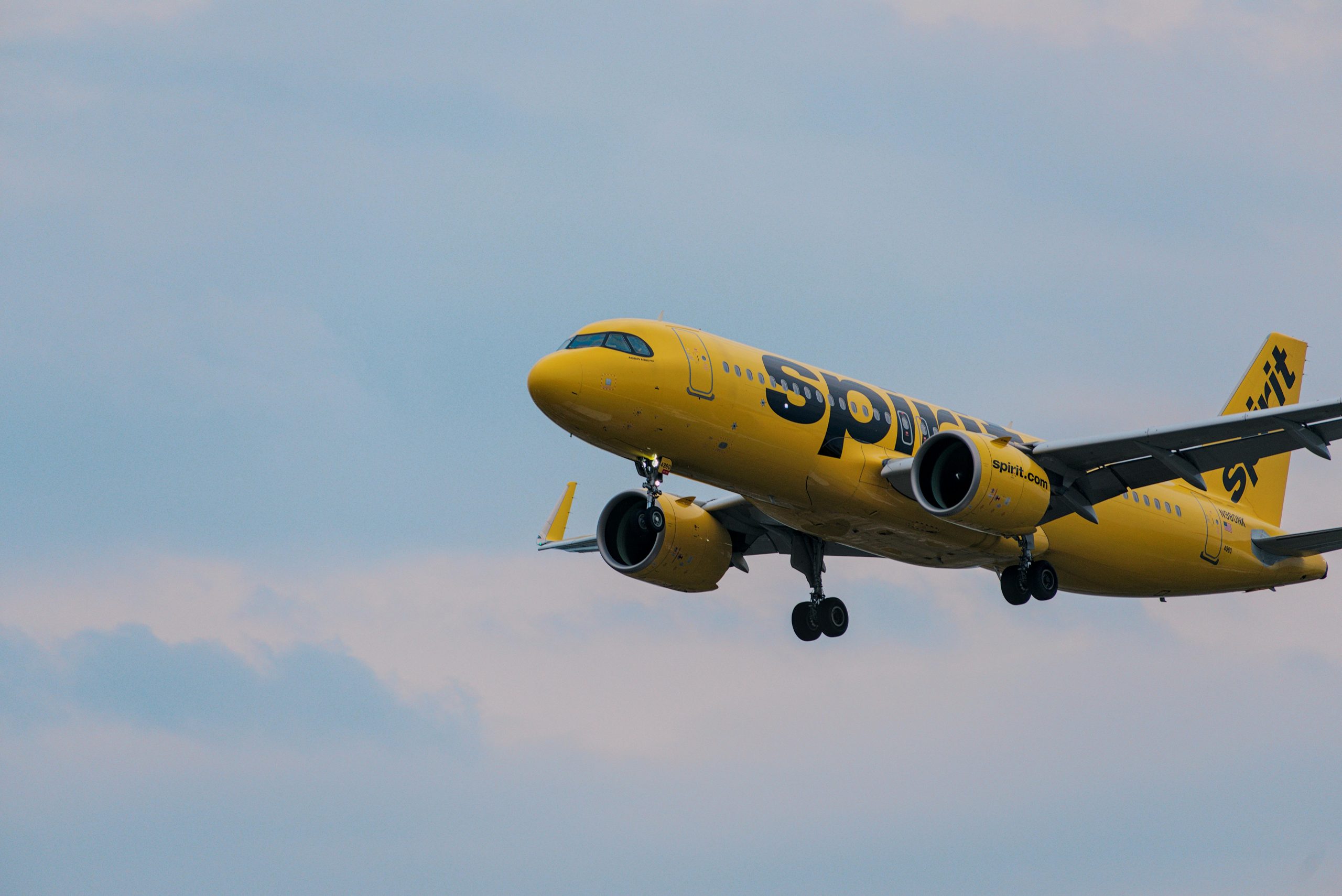Discount airlines, also known as budget carriers or low-cost carriers (LCCs), lure travelers with incredibly low base fares. These seemingly unbeatable prices make air travel accessible to more people. They often dominate advertising for popular routes. However, the advertised fare rarely represents the total cost of the trip. Budget airlines employ an “unbundled” pricing model. This means many services traditionally included in legacy airline fares are sold separately as add-ons. Understanding these ancillary fees is crucial for calculating the *real* cost. Let’s break down the potential hidden expenses.

Image Source: Pexels
The Low Base Fare Illusion
The core strategy of discount airlines is attracting customers with an exceptionally low headline price. This base fare typically covers only the seat itself and allows for minimal personal baggage (often just a small backpack fitting under the seat). Everything else costs extra. While appealing at first glance, this low initial price often doesn’t reflect the final amount paid. It serves primarily as a marketing tool to get customers interested. Comparing only base fares between airlines can be highly misleading regarding the total travel expense.
Baggage Fees: Carry-on and Checked Luggage
One of the most significant additional costs is baggage. Unlike many traditional carriers, most LCCs charge fees for *both* checked bags *and* standard carry-on bags that go in the overhead bin. These fees can be substantial, sometimes costing more than the base fare itself, especially if paid at the airport rather than pre-booked online. Size and weight restrictions are often strictly enforced. Carefully check the airline’s specific baggage policy and fees *before* booking to avoid expensive surprises at the gate.
Seat Selection Charges
Want to choose your seat or ensure you sit with travel companions? That will likely cost extra on a discount airline. Free seat allocation, if offered at all, is typically assigned randomly at check-in, often resulting in middle seats or separated parties. Paying a fee allows you to select specific seats, such as those with extra legroom, window or aisle preference, or seats near the front of the plane. These fees vary depending on the seat location and are added incrementally to the total cost per passenger.
Fees for Boarding Priority
To avoid scrambling for overhead bin space or simply boarding earlier, many budget airlines sell priority boarding options. This service allows passengers to board the plane before the general boarding groups. While offering convenience, it represents another ancillary fee added to the ticket price. Some airlines bundle priority boarding with the privilege of bringing a standard carry-on bag, combining two common fees into one package. Evaluate if the convenience is worth the extra cost for your specific needs.
Charges for Onboard Snacks and Drinks
Don’t expect complimentary snacks or beverages on most discount airlines, even on longer flights. Everything from water and soda to coffee, snacks, and meals typically must be purchased onboard. These prices are often inflated compared to buying items pre-flight. While travelers can bring their own non-alcoholic drinks (purchased after security) and snacks onboard, the lack of complimentary service is a key difference from many legacy carriers and represents a shift in expected amenities factored into the low base fare.
Hefty Change and Cancellation Penalties
Budget airlines often have much stricter and more expensive policies regarding flight changes or cancellations compared to traditional carriers. Change fees can be very high, sometimes exceeding the original ticket price. Refunds for cancellations are often minimal or only offered as airline credit with tight restrictions. This lack of flexibility can be costly if your travel plans change unexpectedly. Always review the change and cancellation policy thoroughly before booking a non-refundable low-cost fare. Travel insurance might be advisable.
Reduced Comfort and Legroom Considerations
To maximize the number of seats per aircraft, discount airlines typically configure their cabins with minimal legroom (seat pitch). Seats might also be less padded or lack features like recline or in-flight entertainment systems found on legacy carriers. While acceptable for short hops, this reduced comfort can be challenging on longer flights. Some LCCs offer seats with extra legroom for an additional fee, further adding to the potential cost if basic seating feels too cramped.
Potential for Delays and Operational Differences
Some budget airlines operate with tight turnaround times and may utilize secondary, less convenient airports to reduce costs. While not always the case, some analyses suggest certain LCCs might have higher rates of delays or cancellations compared to established legacy carriers, partly due to leaner operational models. While saving money is appealing, factor in the potential cost of inconvenience or disruption, especially if making tight connections or traveling for important events. Researching an airline’s on-time performance can be helpful.
Calculating the Total Trip Cost Accurately
To make a fair comparison, always calculate the *total* anticipated cost on a discount airline versus a traditional carrier. Start with the base fare, then add estimated fees for all necessary services: carry-on bags, checked bags, seat selection (if needed), potential snacks, etc. Consider the value of your time regarding airport location or potential delays. Only by comparing the fully loaded price can you determine if the budget airline truly offers the best overall value for your specific trip and needs.
Convenience Costs Extra
Discount airlines offer accessibility through low base fares, but achieving that price requires unbundling nearly every service. The real cost often includes significant fees for baggage, seat selection, and other conveniences that legacy carriers might include. While LCCs can still offer genuine savings, especially for flexible travelers who pack light and don’t require extras, it’s crucial to calculate the total potential cost accurately. Read the fine print, understand the fee structure, and compare the fully loaded price to make an informed decision. Convenience and flexibility usually cost extra on budget carriers.
What’s your experience with budget airlines? Do you find the savings worth the trade-offs, or do hidden fees often negate the deal? Share your tips for flying low-cost carriers below!
Read More


